The basics of good wound care and wound dressings were covered in a comprehensive talk by Prof Mark Davis, Professor and Chair of the Department of Dermatology at the Mayo Clinic, Rochester, Minnesota, US.
The three key principles in wound care, Prof Davis told delegates, are: Treat the underlying cause; keep it clean (debridement); and keep it moist (appropriate dressing).
Another key factor in treating wounds was the “old principle”: If the wound is dry, wet it; if it is wet, dry the wound, said Prof Davis. Removing necrotic debris from a wound is important, as it could interfere with wound-healing, he added.
Prof Davis listed a number of ways to debride wounds, including ultrasonic mist, a new debridement tool for painful ulcers, which is “painless and effective”. A tip in wound debridement, he advised, was using a lidocaine solution on gauze for 20 minutes before debridement. Lidocaine gel is also effective, he said.
Venous ulcers require pressure in order to assist wound-healing. Keeping the leg raised is beneficial, while non-elastic wraps, elastic wraps, compression stockings and pneumatic compression boots are effective. Oral treatments for venous ulcers are horse chestnut extract and pentoxifylline.
In the management of neuropathic ulcer, he advised that “off-loading” the leg was a key factor.
Some advanced wound techniques include circulator boot therapy and vacuum-assisted closure (VAC), which can be very beneficial for straightforward wounds, said Prof Davis.
For ischaemic wounds where surgery is not possible, hyperbaric oxygen therapy is used in the US.
In conclusion, Prof Davis stressed the importance of relieving pain when treating ulcers, stating that pain is often a “neglected area” when treating wounds.
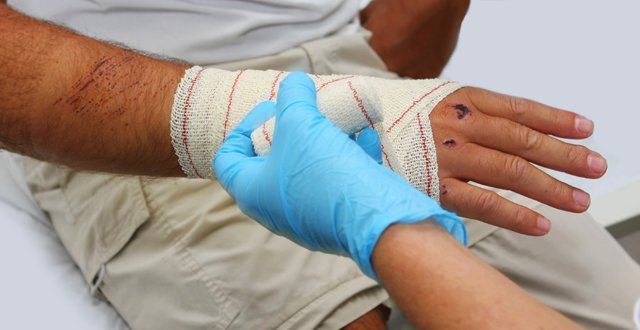
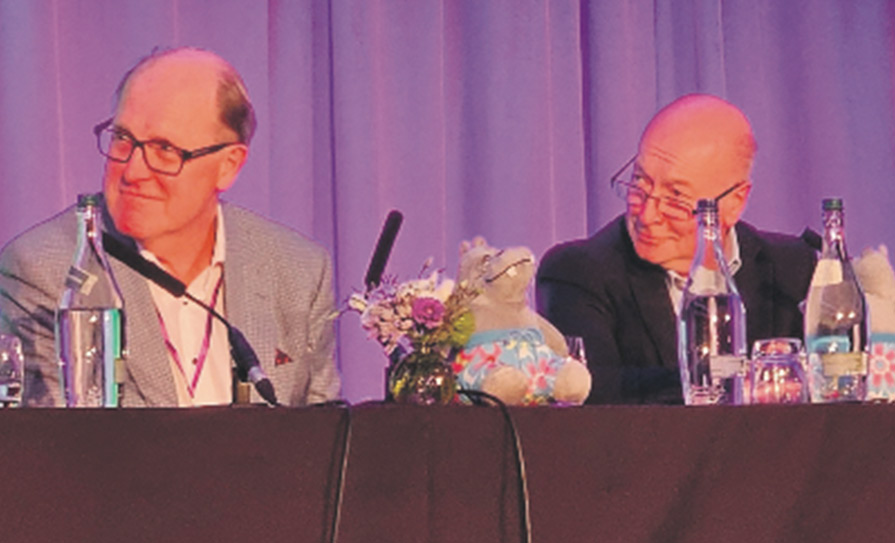
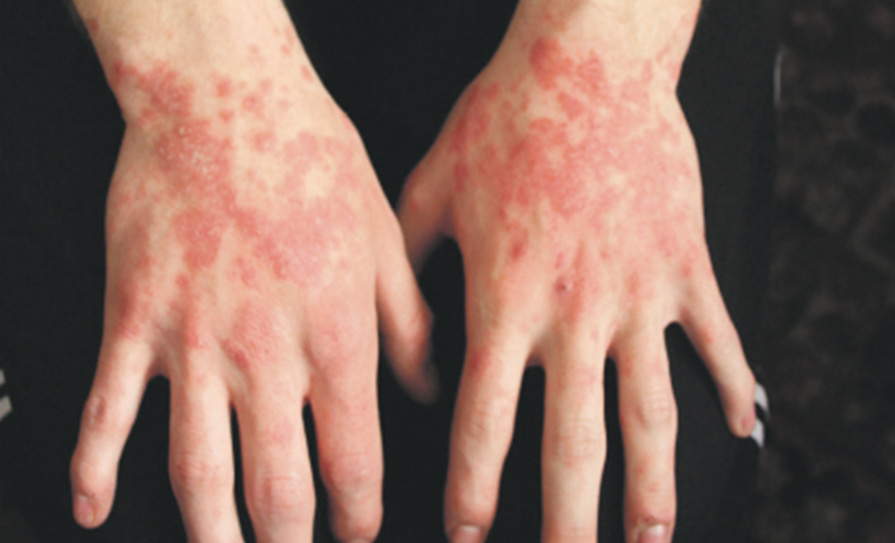
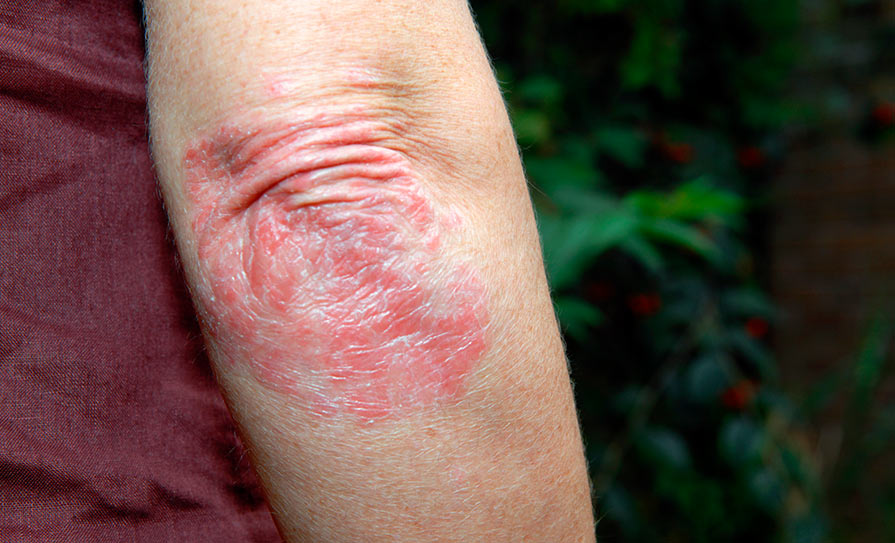

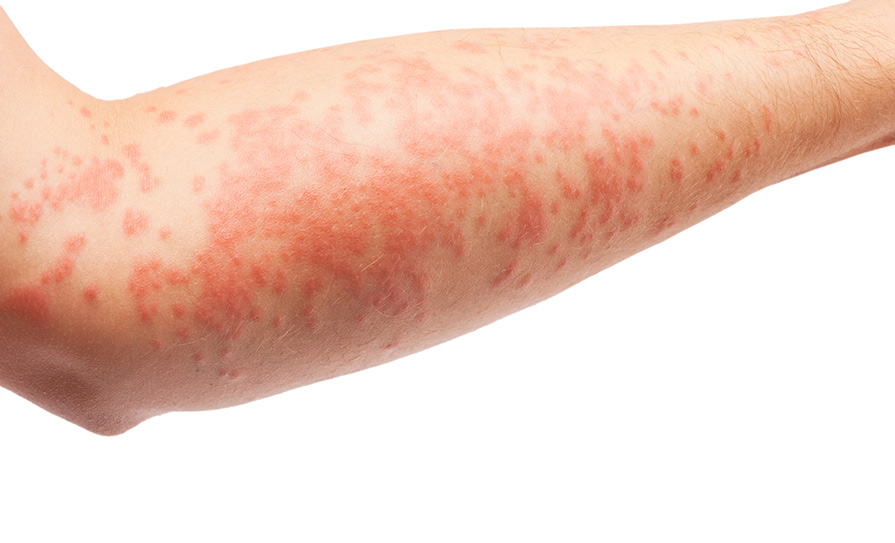

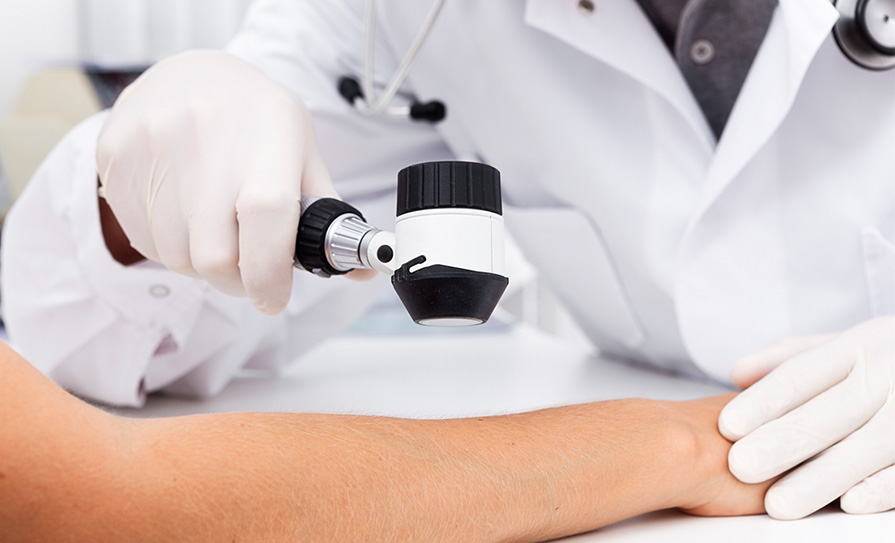
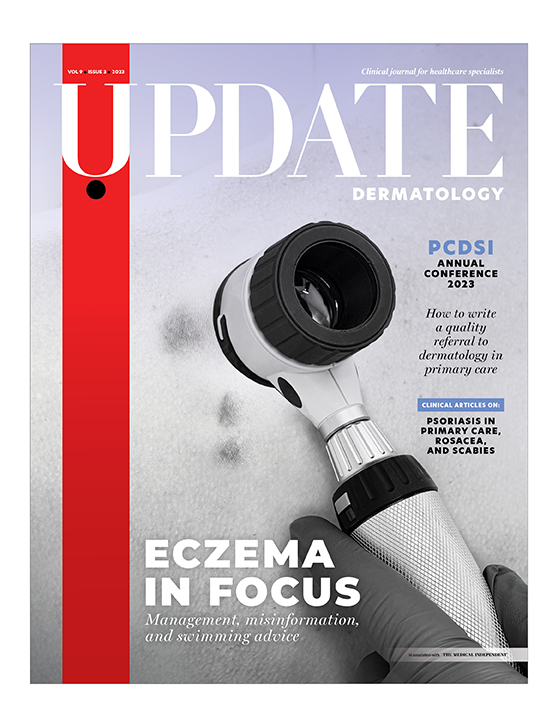




Leave a Reply
You must be logged in to post a comment.